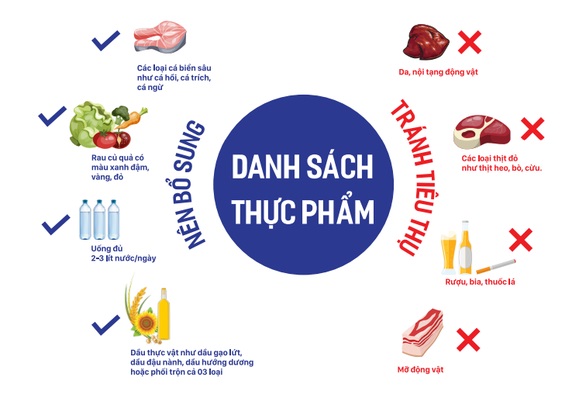According to diabetes.org, approximately 86 million American adults have prediabetes, and another 29.1 million have developed Type 1 or Type 2 diabetes. There is a long list of health complications associated with being diabetic, so it is imperative for those in a prediabetic state to take immediate action to prevent the onset of this disease. Fortunately, you can get your health under control by implementing a few new practices into your daily routine.
1. Remove soda and sports drinks from your diet.
One of the biggest issues that people with diabetes face is difficulty keeping their blood sugar in line. If you have been diagnosed with prediabetes, it is just as important to remove all unnecessary sugar from your diet. Caffeine can also cause problems, so your best bet is to stop drinking all regular sodas, sports drinks, sweet tea and anything else that contains caffeine. When temptation to grab a soda strikes, be sure to remind yourself that the average 12-ounce can is filled with the equivalent of 10 teaspoons of sugar.
I want to build the habit of mindful eating and lose some weight, so I will follow these 7-day healthy eating tips.
2. Start a regular exercise program.
Exercise and diet are two of the most important things for you to embrace if you want to avoid developing diabetes. Experts recommend working out for at least 30 minutes per day, and this may require some professional input or instruction to help ensure you stay safe and don’t get bored. For example, Les Mills fitness programs offer a wide variety of options, ranging from dancing to a full-body weights workout. Utilizing a program that allows you to learn many different things will make exercising more mentally and physically engaging, and it will also give you a better overall workout.
3. Make the switch to low-fat dairy products.
The good news is that you do not need to completely give up dairy unless you’re lactose intolerant. However, your body will thank you for it if you begin substituting low-fat or no-fat dairy products. The American Diabetes Association advocates that this is one of the best ways to keep your intake of sugar and carbs low while still getting the necessary protein and calcium. You can get used to the lower fat products by gradually stepping down from whole fat to 2 percent, followed by 1 percent and, finally, no-fat.


